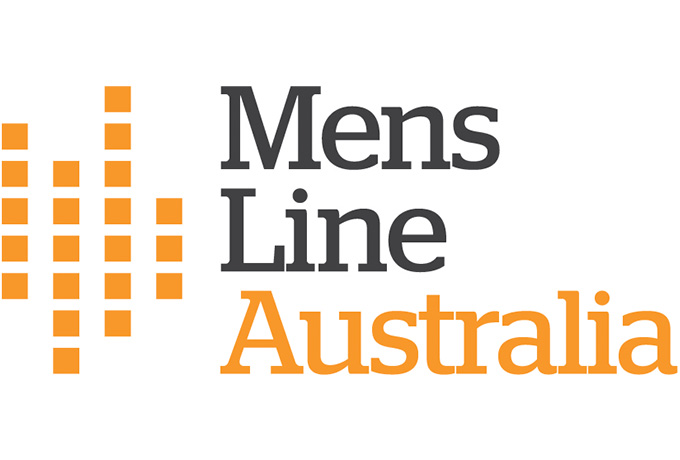All health professionals can play an important part in breaking the cycle of abuse. However, it is important to acknowledge that identifying domestic and family violence is a complex task. There can be many factors that impact on initial assessment – how well victims and perpetrators are able to mask, minimise and deny what’s been happening, a professional’s experience, biases and responses can help and hinder disclosures.
Opening up the conversation can be as simple as asking how things are at home.
More specific questions:
- Have there been lots of arguments?
- What are you like when you argue?
- How would your partner describe what you’re like in an argument?
- Have you ever hurt your partner?
- Does your partner ever seem afraid of you?
Some ideas of what to look for when assessing the potential risk of someone with a history of using abuse and domestic violence:
- Recent or imminent separation
- Past assault of family members
- Past assault of strangers or acquaintances
- Past breach or ignoring of injunctions, court orders or conditions
- Victim and/or witness of family violence as child or adolescent
- Substance abuse
- Recent mental health issue relating to violence
- Past physical assault of partner
- Partner pregnant or recently given birth
- Sexual assault or sexual jealousy
- Past use of weapons or threats of death
- Recent escalation in frequency or severity of assaults
- Extreme minimisation or denial of domestic violence history
- Attitudes that support or condone domestic abuse.
Detailed screening and risk assessment
Thorough family violence risk assessment requires special knowledge. The Screening, Risk Assessment and Safety Planning tool developed for family law professionals, identifies the following skills and knowledge as necessary to identify family violence with those experiencing, and/or using violence:
- Recognising the dynamics of power and control and how these impact on disclosure during risk assessment and safety screening. For instance, where victims of violence take on messages about blame and responsibility for what is happening, they may focus attention away from the abuser.
- Awareness that disclosures about violence can escalate risk and impact the safety of partners and children living with family violence.
- Being able to deliver effective information about the purpose of screening and risk assessment to upset, fearful and/or resistant and hostile clients.
- Being aware of language and cultural challenges when discussing family violence with both victims and perpetrators, including understandings about the ways culture may impact on presentation and responses from diverse clients.
- Maintain a respectful approach when exploring personal and private matters.
- Making relevant referrals for clients and ensuring these are appropriate and accessible.
This video from 1800 RESPECT focuses on assessing risk and safety with those experiencing violence.
To assist with Risk and Safety Assessment, a number of tools have been developed, such as the Common Risk Assessment Framework in Victoria and Domestic Violence Safety Assessment Tool in New South Wales are two examples.
These frameworks are very useful to form a sound assessment of the extent of violence and current risk.





